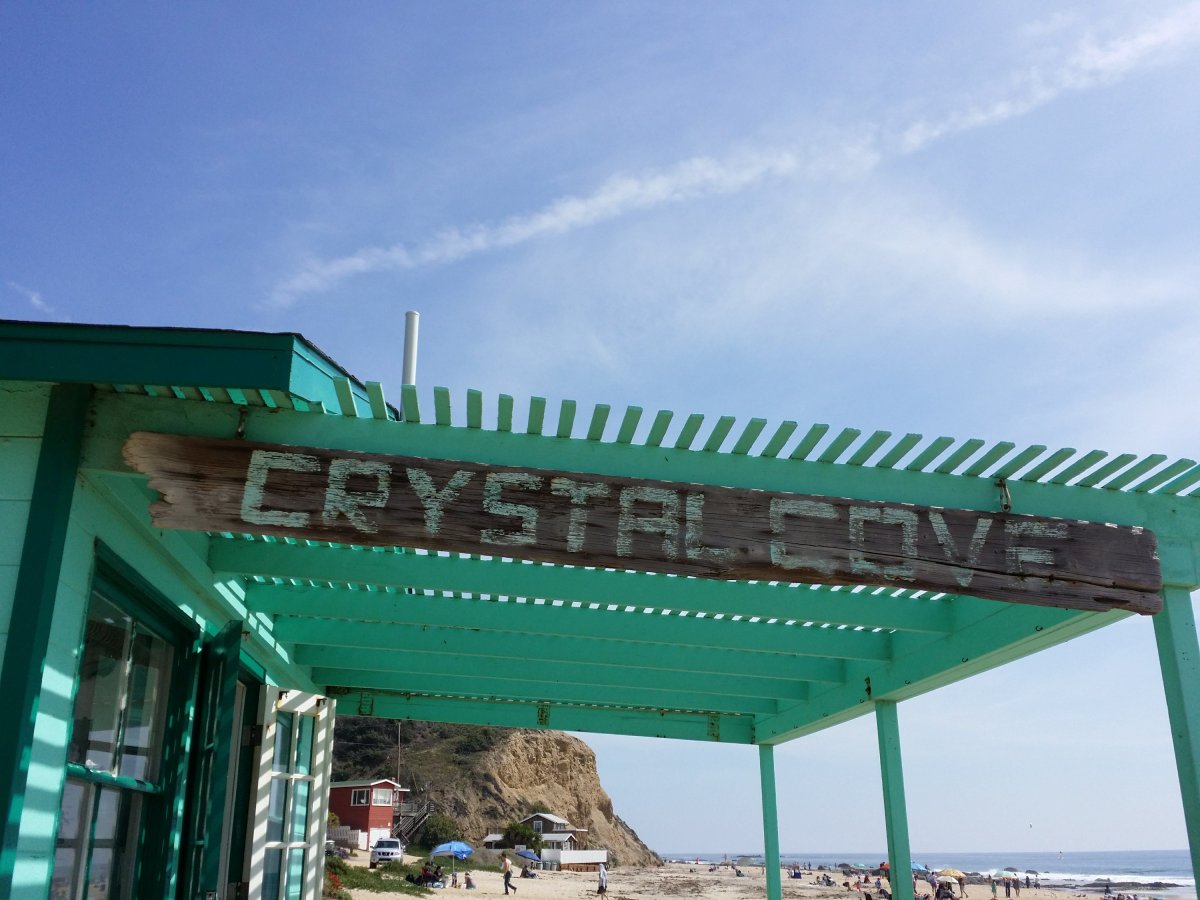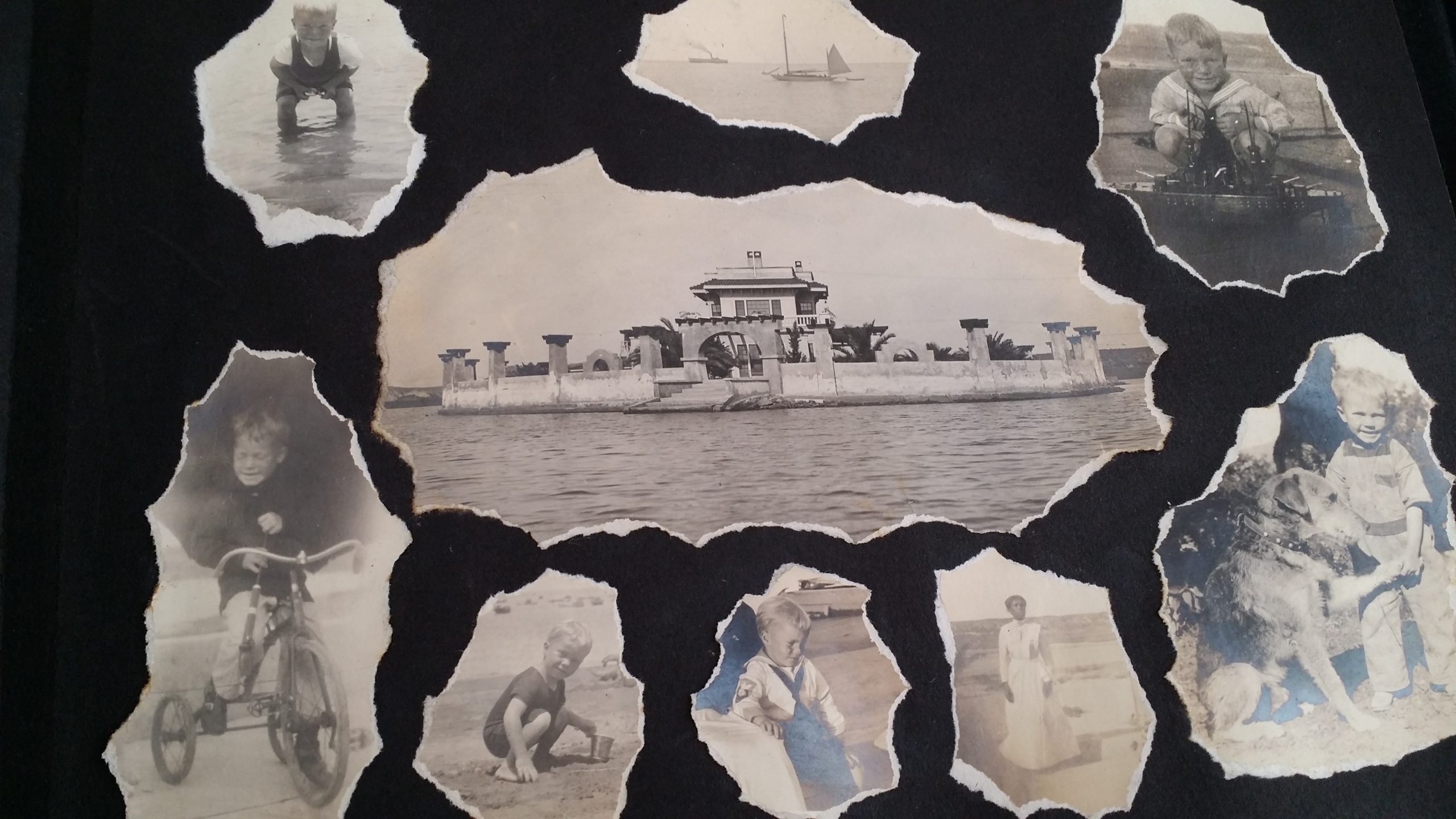

See the historical district images and virtual tour created by Crystal Cove State Park and Crystal Cove Conservancy! Visit the forty-six California vernacular architecture cottages designed with local materials from palm frawns to shipwreck materials.

Crystal Cove State Park has an incredible heritage as one of the preserved historical and natural landscapes in Southern California. It offers a glimpse into the past with the quaint beachside cottages that represent the quintessential California living.
You will be greeted by a docent at the Visitor Center who will share stories about the past. This site is now federally recognized on the National Register of Historic Places. Learn more about the Crystal Cove Cultural History via their website. We encourage you to take a walking tour with the Crystal Cove Conservancy.



The iconic Cottage #46 is where traveling exhibitions are showcased. Stop by to see what is on exhibit. Take a look at some of the past exhibits here. You can learn about each cottage with the historic district walking tour.


Historic Store, circa 1940. Courtesy of Laura Davick Collection.
Transformative Currents: Art and Action in the Pacific Ocean
Curated by Maja Godlewska and Marek Ranis, Mare Liberum, Reimagined (2024)
Transformative Currents: Art and Action in the Pacific Ocean examines the historical causes and ongoing effects of the cultural and environmental devastation of the Pacific Ocean and harnesses art’s potential to enact positive ecological change, both planetary and local.
Community Voices: Japanese American Experiences at Crystal Cove (1927-1942)
Conserving the Cove
The exhibit covers the heritage of this quaint cottage community and how it is the ultimate gather place. This was on exhibit in 2020 by Firebrand Media.

The Laura Davick Crystal Cove
Historic Archive Collection
The Laura Davick Crystal Cove Historic Archive Collection at UC Irvine Libraries was processed by 70 Degrees. It contains records from her family’s residency at Crystal Cove beginning in 1937-2001 and also obtained from families who resided in the Crystal Cove community starting in the 1910s. The collection encompasses materials from circa 1910 to 2021.

Crystal Cove History
“The history of recreation here began in the early 1900s, when people were beginning to ‘hit the road’ in their automobiles. For anyone who could afford a Model T, an outing to the cove became a regular event. Taking note of the cove’s possibilities, the film industry began using it as a filming location. Photos dating back to 1917 show the palm trees and thatched roofs often used by filmmakers to portray South Sea island locations. In 1927 the little pocket beach was given the name Crystal Cove. Well before its dedication in 1928, the Pacific Coast Highway was offering motorists miles of ocean vistas. With this increased interest in the cove, the Irvine family generously allowed friends and ranch employees to pitch tents and build temporary shelters there. Modest, palm-thatched cottages began to appear around 1917, adding to the Pacific island ambiance. In the 1920s the cargo of a capsized lumber ship washed ashore, providing residents with more building materials. During prohibition rum smugglers often used the cove to smuggle their booty ashore. For years after the law was repealed, bottles of rum could still be found buried in the sands of the beach.” [Crystal Cove State Park brochure, 2004]
North Beach Cottages


The Heritage Legacy Project for California will restore the last seventeen historic seaside cottages that are along the coastline. Witness the rehabilitation progression from 2018 to 2024 with these before and after images.
“The full funding of the historic restoration project was led by Crystal Cove Conservancy Founder Laura Davick as the chair of the capital campaign, Assembly Member Cottie Petrie-Norris’ efforts in helping The Conservancy secure over $30 million in state funding, as well as Bank of America for investing in the historic restoration and closing the campaign to fund the project.”



Cottage #11 is a two story, multi-gabled white lap and white shingle. The cottage also contains the original wood frame windows and a second story box bay. The before photo features Biddy Payne and friends in 1934, courtesy of Laura Davick. The after photo was taken in 2018 before restoration.
Cottage Rentals
Are you ready to secure your rental of these restored cottages? You can now book Cottage #3: Shell Crafter’s Cottage, Cottage #3 ½: Teacher’s Retreat, Cottage #4A: Flotsam and Jetsam, Cottage #4B: Captain’s Quarters, Cottage #6: Hawaiian Bungalow, Cottage #7: Little Grass Shack, Cottage #8: Rustic Retreat, and Cottage #12: North Beach Tower. Visit CrystalCove.org/BeachCottages to learn more.
UC Irvine Research

Did you know that the state parks has a partnership with UC Irvine to support the Crystal Cove research facility for use in small-scale and low-impact scientific research? Learn more here.


